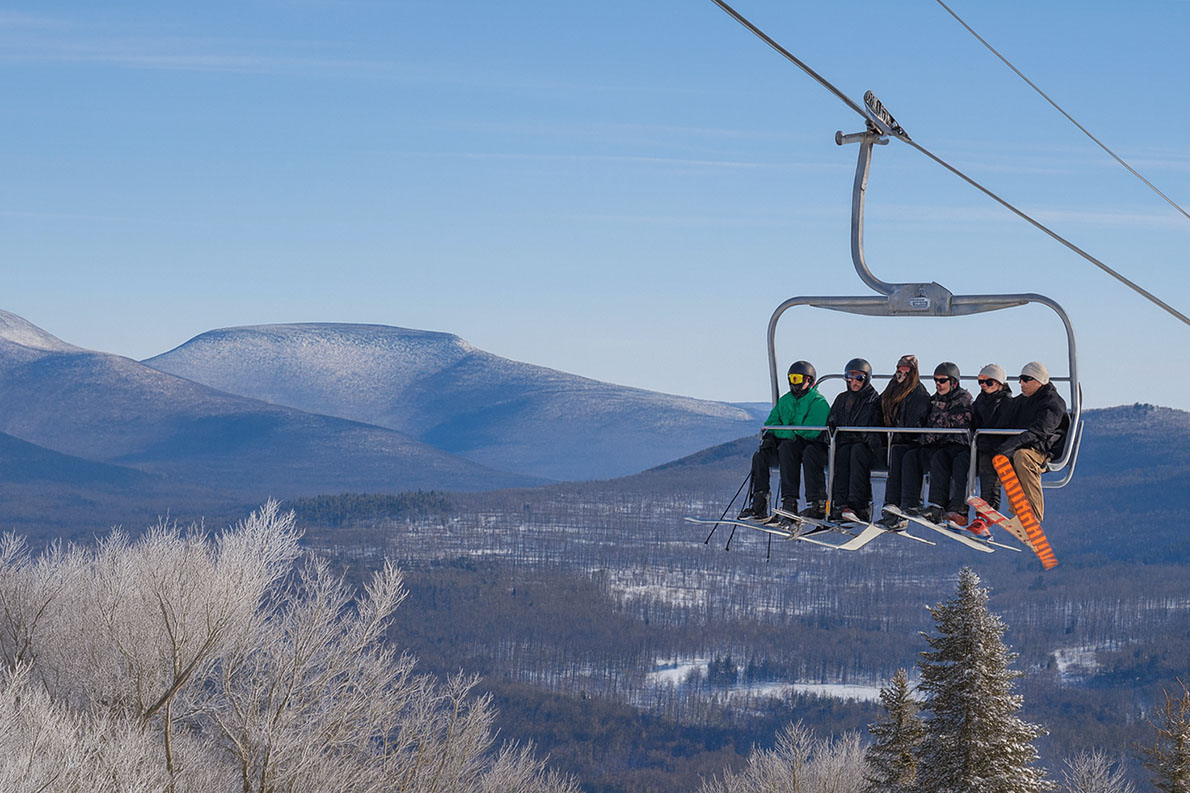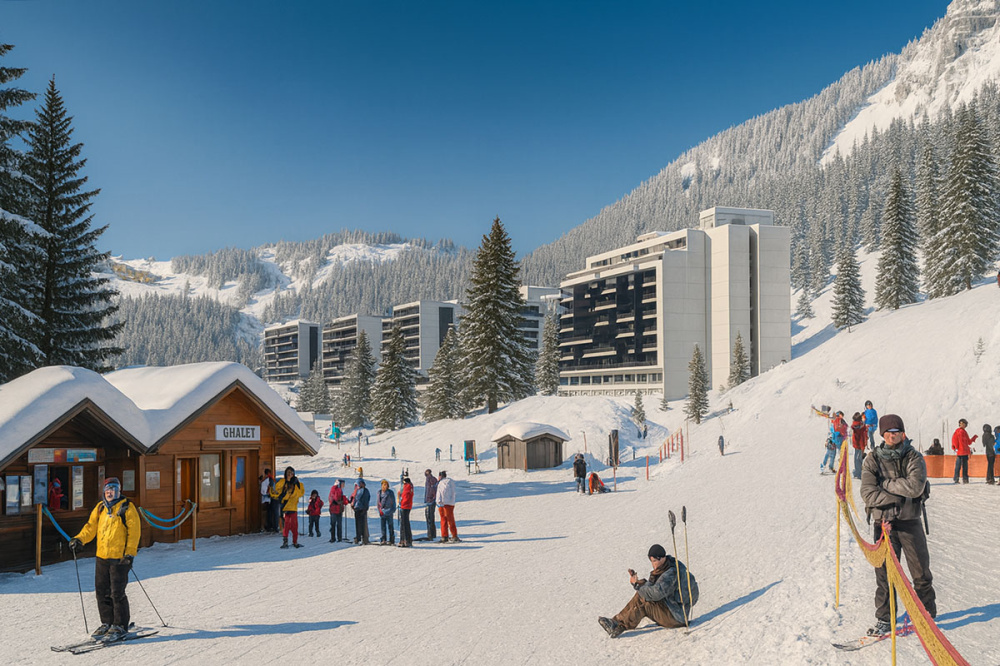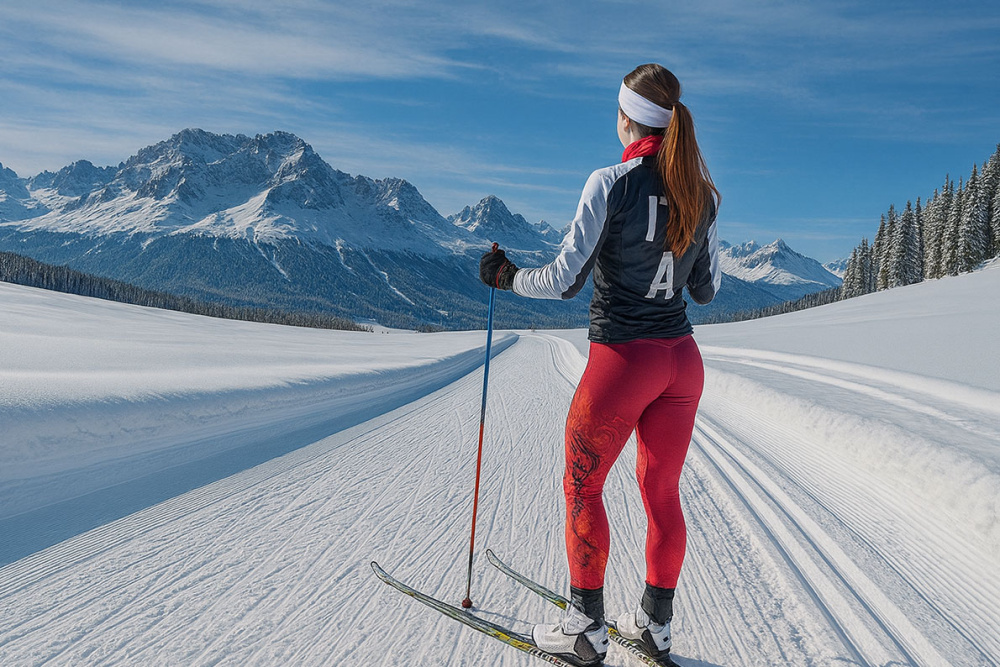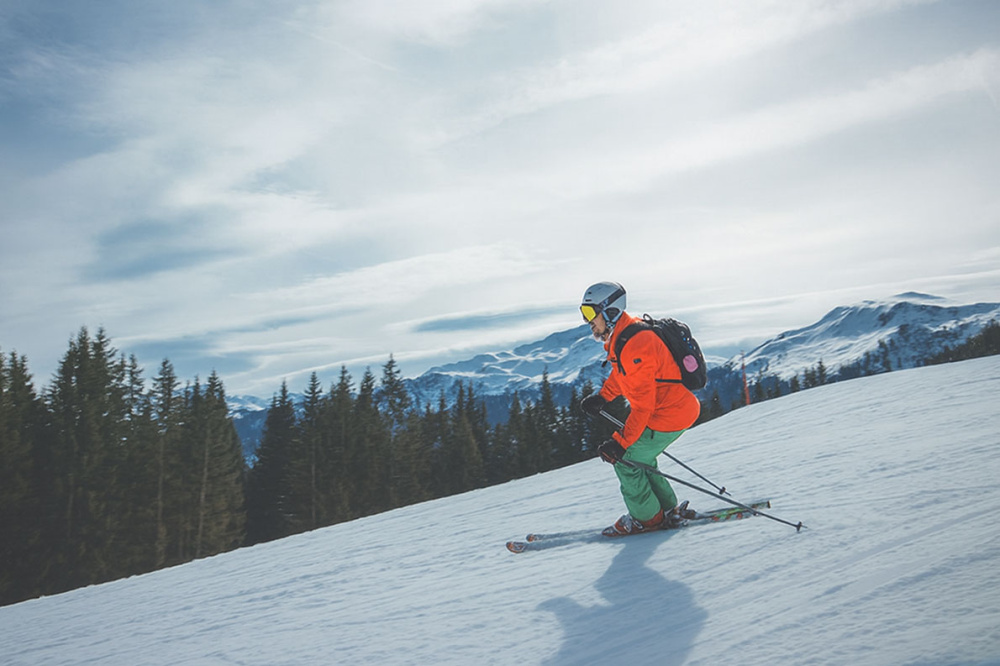When to Go to the Mountains

Planning your perfect ski vacation isn’t just about the destination — it’s about timing. The mountains change dramatically from December through March, offering unique experiences in each part of the winter. Whether you’re after fresh powder, quiet slopes, or budget-friendly deals, the season you choose can make all the difference. If you’re planning your trip to Hunter Mountain, you can easily organize transportation and skip the hassle of driving — just check this option: https://comfort-ski.com/trips/hunter-mountain-ski-transportation.html
Every month on the mountain has its own magic — the question is, which one fits your style of adventure?
Early Season — December
The early ski season brings the excitement of the first snowfalls and festive energy. Resorts start to open, slopes are groomed to perfection, and holiday decorations create a fairytale atmosphere. It’s an ideal time for beginners who want to practice on less crowded slopes. The crisp mountain air, the scent of pine trees, and the first glittering layers of snow make December skiing feel like stepping into a winter postcard.
Traveling in early December also means you get to experience the holiday mood without the holiday chaos. Many ski towns host Christmas markets, torchlight parades, and live music events. Families with kids love this period because it combines skiing with the magic of the holiday season. Evenings are cozy — perfect for hot chocolate by the fire or strolling through snowy streets illuminated by festive lights.

However, snow conditions can be unpredictable in early December. While snow machines work hard to maintain a solid base, nature may still be catching up. On the bright side, accommodation and lift passes are often cheaper, and you can find excellent early-bird deals.
Advantages of early season
-
Fewer tourists and shorter lift lines
-
Lower hotel and ticket prices
-
Holiday vibes and opening events
Disadvantages
-
Limited slope openings at some resorts
-
Variable snow quality
December skiing feels like a private winter wonderland — peaceful, glowing, and full of promise.
Peak Season — January and February
January and February mark the heart of the ski season — the time when the mountains truly come alive. The snow is deep and powdery, the slopes are at their best, and après-ski spots are buzzing with energy. For passionate skiers and snowboarders, this is the dream season. Every descent feels smooth and thrilling, every sunrise over the peaks sharper and more vibrant.
During these months, resorts operate at full capacity. You’ll find professional competitions, night skiing events, and vibrant nightlife in mountain lodges. It’s also the time when the mountains become social — travelers from all over the world gather, making the atmosphere dynamic and exciting. Evenings turn into celebrations of good food, laughter, and adventure stories shared over mulled wine or craft beer.

Yet, this popularity comes with higher costs and crowds. Booking early is essential if you want to secure a cozy cabin or lodge near the lifts. On weekends, popular destinations like Hunter Mountain, Killington, or Whiteface can get quite busy. If you prefer peaceful slopes, consider skiing midweek — the snow is just as great, but the lines are much shorter.
Peak season is when the mountains roar — full of life, light, and laughter. But remember, it’s also when prices peak too.
Advantages of peak season
-
The best snow conditions
-
All lifts and trails open
-
Lively atmosphere and full resort activities
Disadvantages
-
Higher costs for lodging and passes
-
Busy slopes, especially on holidays and weekends
Late Season — March
March is for those who love sunshine, longer days, and relaxed skiing. As the sun climbs higher, the snow softens by afternoon, making it perfect for casual riders and families. You’ll often find discounted rates for accommodation, and fewer crowds mean more room to explore. It’s also the best time to take memorable photos — blue skies, bright snow, and a golden mountain glow at sunset.
The late season carries a special kind of calm. Skiers move at a slower pace, enjoying the warmth and the scenery rather than rushing for the next lift. Many resorts organize spring festivals, open-air concerts, and fun costume ski days — turning March into a mix of sport and celebration. It’s ideal for those who want a balance between active days and relaxing evenings.

Late season skiing also offers a mix of snow and spring weather. In higher altitudes, you can still enjoy great snow, while in lower resorts, it becomes slushier as the day goes on. Still, the warm sun and vibrant après-ski terraces make it one of the most enjoyable times for a mountain escape.
Advantages of late season
-
Lower prices and great deals
-
Warm weather and long daylight hours
-
Calm slopes and relaxing atmosphere
Disadvantages
-
Softer snow in the afternoons
-
Some trails may close earlier due to melting
“March in the mountains is a sweet goodbye to winter — gentle sun, soft snow, and the quiet joy of slowing down.”
Snow Conditions and Weather Overview
Snowfall patterns depend on altitude, location, and temperature. Generally
-
December: light snow and machine-made base
-
January–February: consistent powder and best coverage
-
March: warm afternoons, soft snow, and clear skies
Each mountain has its own rhythm, shaped by local weather and geography. For example, northern resorts tend to have thicker snow bases even into April, while southern slopes offer warmer, more spring-like conditions. Checking snow reports before your trip can help you choose the perfect balance between sunshine and powder.
If you prefer crisp mornings and dry powder, aim for mid-winter. If you enjoy sun-splashed afternoons and open-air dining on the slopes, March is your time. Some skiers even plan two trips — one in early winter for adrenaline, and one in spring for relaxation.
“Follow the rhythm of the mountain — the snow tells its own story each month.”
Tips for Saving on Ski Trips
A well-timed trip can help you save hundreds of dollars without sacrificing fun. A few smart moves
-
Book weekday stays instead of weekends
-
Purchase lift tickets online in advance
-
Choose transportation packages instead of renting a car
-
Share lodging with friends or family
-
Look for late-season discounts on equipment rentals
Another great trick is to plan your meals and bring snacks — resort food can be pricey. If you’re traveling with a group, consider renting a condo with a kitchen to cook your own dinners. Additionally, midweek travel not only saves money but also helps you enjoy the slopes with fewer people.
Many ski resorts and travel companies offer combo packages that include transport, lift tickets, and sometimes even rentals. This not only saves money but also simplifies planning, letting you focus entirely on the mountain experience instead of logistics.
“A well-planned ski trip doesn’t have to break the bank — it just takes smart timing and a bit of insider knowledge.”
Final Thoughts
So, when is the best time to go to the mountains?
If you crave fresh snow and excitement — choose January.
If you prefer quiet slopes and sunshine — March will win your heart.
And if you want to save money while soaking in the early winter charm — December might surprise you.
Every season tells a different story. Winter begins with wonder, peaks with thrill, and ends with warmth and peace. Whether you’re carving through fresh powder, sipping cocoa by the fire, or simply watching the sunset over snow-capped peaks, the mountains promise memories that last a lifetime.
We offer the best routes so you can enjoy the beauty of the mountains and slopes without any hassle.
-
Exciting trip to Hunter Mountain with convenient transportation straight to the slopes: https://comfort-ski.com/trips/hunter-mountain-ski-transportation.html
-
Comfortable ride to Mountain Creek with transfer and on-site support: https://comfort-ski.com/trips/mountain-creek-ski-transportation.html
-
Experience the magic of Belleayre Mountain — more details at: https://comfort-ski.com/trips/belleayre-mountain-ski.html
